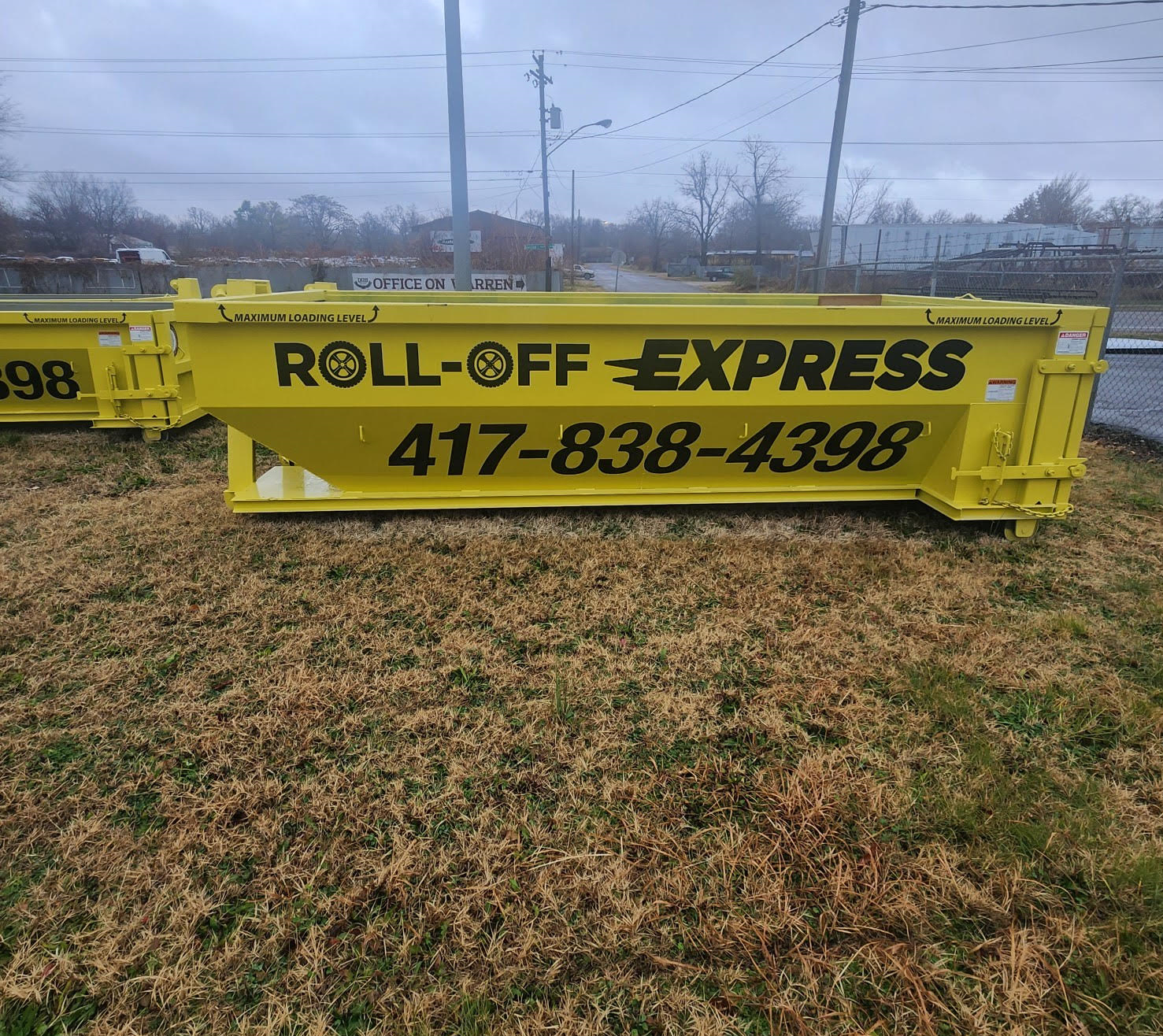Är detta en bekant situation? Mötet ska dra igång, men kabeln passar inte. Kollegor tittar otåligt på medan någon frenetiskt letar efter rätt adapter, kämpar med att koppla upp sig till videosamtalet eller letar efter hjälp. Denna situation har blivit en frustrerande norm i en mängd svenska företag. Den förlorade tiden, den minskade effektiviteten och den rena frustrationen som opålitlig mötesteknik orsakar är inte bara irriterande – det är en direkt kostnad för verksamheten. Lösningen är enklare än du tror. Tänk dig ett mötesrum där tekniken alltid fungerar, där varje möte startar på utsatt tid och där fokus ligger på diskussion och beslut, inte på teknikstrul.
Grundorsaken till teknikkaoset: De svaga länkarna
Det konventionella sättet att utrusta mötesrum är ofta grundproblemet. Verksamheter investerar i en blandning av utrustning från diverse tillverkare: en skärm från ett märke, en videokamera från ett annat, en högtalartelefon från ett tredje och en mängd av kablar och adaptrar. Denna fragmenterade strategi skapar en komplex och opålitlig miljö där en enda felande komponent kan sänka hela mötet. Resultatet är en oförutsägbar användarupplevelse.
•Anslutningskaos: Medarbetare måste gissa vilken kabel som passar deras dator, och många gånger saknas rätt anslutning helt och hållet.
•Komplexa mjukvaror: Att ansluta till ett samtal kan kräva flera steg i svårnavigerade gränssnitt, och att växla mellan Teams, Zoom och Google Meet blir en mardröm.
•Opålitlig prestanda: En webbkamera av konsumentkvalitet och en enkel mikrofon kan fungera för en person, men de räcker inte till för att fånga upp ett helt rum med deltagare.
Denna modell lägger ett stort ansvar på både användaren och IT-avdelningen, som hela tiden får agera räddare i nöden.
Nyckeln till pålitlighet: En helhetssyn på teknik
För att uppnå
[dcl=5093]
som alltid fungerar krävs ett omvänt tankesätt. Istället för att köpa lösa delar, är lösningen att välja en komplett, standardiserad och managerad lösning. Detta bygger på tre centrala pelare:
1. Enkelhet framför allt Den främsta källan till stabilitet är enkelhet. Ett framtidssäkrat mötesrum bör ha en allt-i-ett lösning som är extremt enkel att använda. Det betyder en "en-knapps-start" där användaren kan ansluta till vilket möte som helst – oavsett om det är den interna standarden eller en kunds plattform – med ett enda tryck. Slut på förvirrande fjärrkontroller, slut på drivrutinsinstallationer och inga fler kompatibilitetsproblem. Utrustningen måste vara plattformsoberoende och redo att användas direkt ur lådan.
2. Kvalitet i varje komponent En kedja är inte starkare än sin svagaste länk. Det är därför det är så viktigt att all hårdvara – kamera, mikrofoner, högtalare och skärm – är av högsta klass och fullt integrerad. Detta garanterar inte bara fantastisk ljud- och bildkvalitet, utan också maximal stabilitet. En intelligent kamera kan automatiskt zooma in på den som talar, och takkapslade mikrofonsystem kan effektivt fånga upp röster från hela rummet samtidigt som de reducerar störande bakgrundsljud.
3. Support som ligger steget före Förr i tiden ringde man IT när något gick sönder. Idag är support och underhåll inbyggt från början. Genom att välja en prenumerationsbaserad tjänstemodell (Meeting Room as a Service) övergår ansvaret från din interna IT-avdelning till leverantören. Denne kan då proaktivt monitorera utrustningen, sköta uppdateringar på distans och ofta åtgärda problem innan användarna ens märker dem. Detta säkerställer en konstant hög drifttid och befriar interna resurser.
Vägen framåt: Kräv teknik som bara fungerar
Tiden då företag kunde acceptera mötesteknik som bara fungerade ibland är över. I den moderna hybridarbetsmiljö är stabila och sömlösa digitala möten en absolut nödvändighet. Lösningen är inte att köpa fler prylar, utan att anamma en komplett och serviceorienterad strategi. Genom att förenkla och satsa på en managerad tjänst kan företag äntligen säga adjö teknikstrul och koncentrera sig på det som verkligen betyder något: effektivt samarbete, innovation och tillväxt. Det är dags att kräva mötesteknik som bara fungerar.



